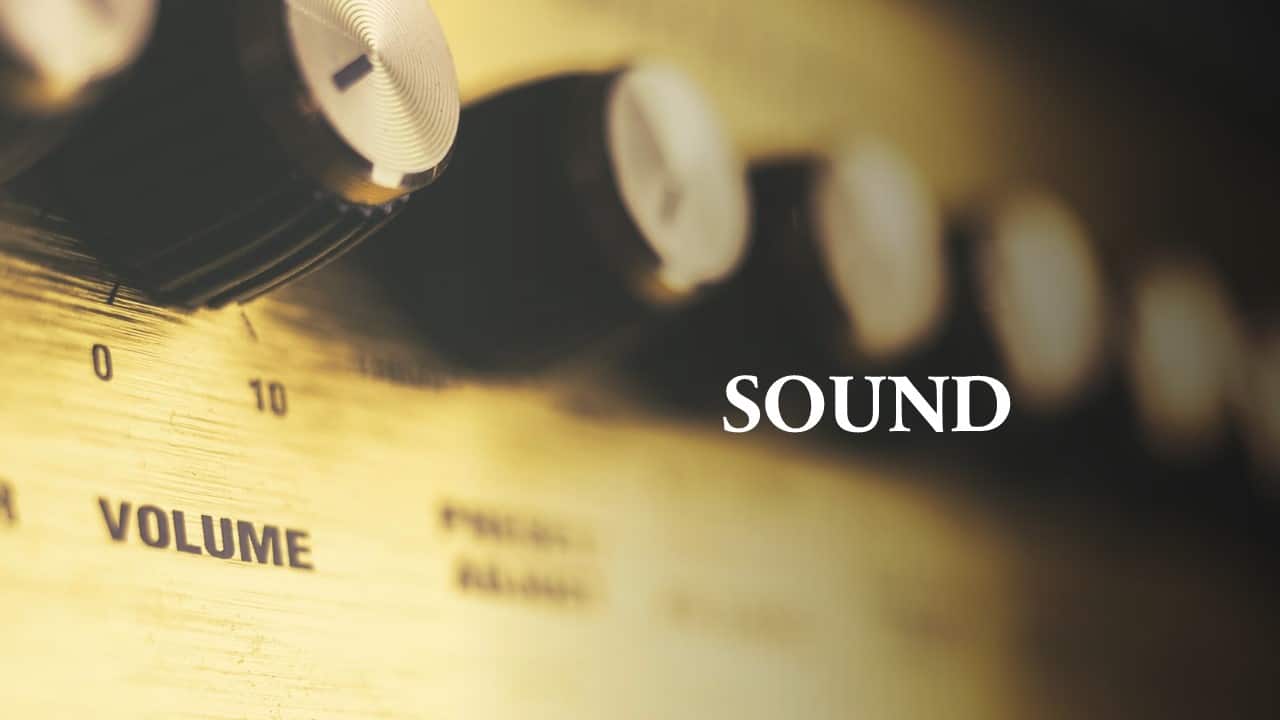STD X – SOUND – EINSTEIN
About Course
In this section we will learn the followig lessons
1.Reflection of Sound waves and Echo
2.Determination of speed of sound by using Echo
3. Free, damped and Forced Vibrations
4.Resonance
5.Loudness, pitch and Quality of Sound
Last Updated:February 21, 2024
0(0 Ratings)
Share Course
Page Link
Share on social media

Description
REFLECTION OF LIGHT
Sound is a form of energy like light energy and heat energy.
Sound is a wave made of vibrations in the air.These vibrations create sound waves which move through mediums which can be solid, liquid, or gas, before reaching our ears.
Sound does not travel in a vacuum. Sound, therefore, is not audible in space.
Just like light, the sound gets reflected at the surface of a solid or liquid. This bouncing back of sound when it strikes any surface is the reflection of sound.Repetition of sound caused by the reflection of the sound wave is called as an echo.
In this chapter, we will learn lot more about the reflection of sound, echo, and it’s uses, types of sound waves etc.
VIBRATIONS
We know that Sound is a form of energy and it comes from vibrations
All sounds are made by vibrations of molecules through which the sound travels.
For instance, when a drum or a temple bell is struck, the object vibrates. These vibrations make air molecules move and produce sound.
A louder sound is produced when the vibrations are increased in intensity, and a higher-pitched sound is heard when the vibration frequency is increased. In fact, the frequency of the vibrations is what allows an organism to hear.
CHARACTERISTICS OF SOUND WAVES
Sound is a longitudinal wave that travels through mediums like solid, liquid, gas and it is produced due to vibration of an object. Sound cannot travel in a vacuum.
Sound travels faster in a hot medium. It is much faster in a solid than in a liquid or gas. It also travels faster at sea level (where air pressure is higher).
Humans can characterize sound by frequency, amplitude, and tone.
What I will learn?
- The characteristic of Echo is used widely in oceaneography and SONAR
- Medical use of echoes for example ultrasonography
- Resonance is used in Music Engineering
- It is used in TV and Recorder
- It is used to find the ecolocation of any object
- Study of sound helps in creation of Music
- It is used in measuring distances
Free
Free
Free access this course
-
LevelIntermediate
-
Total Enrolled6
-
Duration3 hours
-
Last UpdatedFebruary 21, 2024
-
CertificateYes
Hi, Welcome back!
Material Includes
- 🔥 Live Interactive classes with in-class doubt solving
- ⭐ Weekly Test and Quiz with instant tracking for progress
- ⚙️ Revision of the course after testing
- 👋 Fortnightly Parents and Tutor interactions
- 🌷 Expert monitoring of student's learning progress
- 👨👩👧👧 Daily communication over call, whatsapp and mail
- 💻3 hours on-demand video
- ✍4 downloadable resources
- ⌛Access for entire Academic Year
- 📱Access on mobile and Desktop
- 📋Assignments and review of the same
- 💡Tests and Correction by Board paper checkers
- 🏅Certificate of completion and Live tracking with Grade book
Course Duration:
3h
Course level:Intermediate
Enrolled:6
About Course
In this section we will learn the followig lessons
1.Reflection of Sound waves and Echo
2.Determination of speed of sound by using Echo
3. Free, damped and Forced Vibrations
4.Resonance
5.Loudness, pitch and Quality of Sound
What I will learn?
- The characteristic of Echo is used widely in oceaneography and SONAR
- Medical use of echoes for example ultrasonography
- Resonance is used in Music Engineering
- It is used in TV and Recorder
- It is used to find the ecolocation of any object
- Study of sound helps in creation of Music
- It is used in measuring distances
Course Curriculum
SOUND – 10 MAY – SOUND AS A MECHANICAL WAVE
-
18:31
-
14:36
-
18:09
-
09:15
-
13:24
-
07:13
-
18:57
-
18:50
-
18:49
-
09:15
SOUND – 11 MAY – VIBRATION AND CHARACTERISTIC OF SOUND
-
07:14
-
09:11
-
14:36
-
22:43
-
10:39
SOUND – 11 MAY – REVISION CLASS
-
02:11
-
00:27
-
01:11
-
06:00
-
05:00
-
06:00
-
09:27
-
08:09
-
00:00
-
21:25
-
05:09
-
10:59
-
11:31
-
16:18
-
07:50
-
10:42
-
21:34
-
11:55
-
QUESTION KEY – SOUND – NUMERICALS – WORKSHEETAssignments
-
QUESTION SET – SOUND – WORKSHEET – SET B
-
QUIZ – SCIENCE > SOUND > MUSIC A NOISE
Student Ratings & Reviews

No Review Yet

